Description
Advacort (0.1%) Ointment is a topical corticosteroid used to relieve skin inflammation, redness, itching, and swelling associated with various dermatological conditions such as eczema, dermatitis, psoriasis, and allergic skin reactions.
It contains Hydrocortisone Butyrate 0.1%, a medium-potency steroid that reduces skin inflammation and calms irritation. The ointment base helps form a protective barrier, making it ideal for dry, scaly, or thickened skin areas.
Ingredients
-
Active Ingredient: Hydrocortisone Butyrate 0.1%
-
Inactive Ingredients:
-
White Soft Paraffin
-
Liquid Paraffin
-
Propylene Glycol
-
Microcrystalline Wax
-
Purified Water
-
Drug Class
-
Pharmacological Class: Corticosteroid
-
Therapeutic Class: Anti-inflammatory / Dermatological
Dosage Form
-
Form: Ointment
-
Strength: 0.1% w/w
-
Pack Size: 5g Tube
Uses
Advacort Ointment is indicated for:
-
Eczema (atopic dermatitis)
-
Contact dermatitis (allergic or irritant)
-
Seborrheic dermatitis
-
Localized psoriasis
-
Insect bite reactions
-
Skin inflammation due to allergies or irritation
Dosage
⚠️ Use only as prescribed by your dermatologist.
-
Apply a thin film to the affected skin once or twice daily.
-
Gently rub until absorbed.
-
Reduce frequency as symptoms improve.
-
Avoid long-term use unless directed by your physician.
In Case of Overdose
-
Excessive or prolonged use may cause skin thinning, stretch marks, or systemic corticosteroid effects.
-
If accidentally swallowed, seek immediate medical attention.
Missed Dose
-
Apply as soon as you remember.
-
Skip if it’s almost time for the next dose.
-
Do not double the application to make up for a missed one.
How To Use
-
Clean and dry the affected area gently.
-
Apply a small amount of Advacort Ointment evenly.
-
Rub gently into the skin.
-
Wash hands after application (unless treating hands).
-
Do not cover the area with a dressing unless prescribed.
When Not to Use
Do not use Advacort Ointment if you:
-
Are allergic to Hydrocortisone or any component of the ointment.
-
Have viral, bacterial, or fungal skin infections (e.g., herpes, ringworm, chickenpox).
-
Have rosacea, acne, or perioral dermatitis.
-
Have open wounds, ulcers, or broken skin.
Side Effects
Common:
-
Mild skin irritation
-
Itching or dryness
-
Temporary redness
Less Common:
-
Skin thinning (atrophy)
-
Stretch marks
-
Acne-like eruptions
-
Changes in skin pigmentation
Rare (serious):
-
Allergic rash or hives
-
Secondary infection
-
Hormonal imbalance due to systemic absorption (with long-term use on large areas)
Precautions & Warnings
-
For external use only.
-
Avoid applying to face, groin, or underarms unless prescribed.
-
Do not use on infected or broken skin.
-
Prolonged use may lead to skin thinning or tolerance.
-
Avoid contact with eyes, mouth, and mucous membranes.
-
Use with caution in children and pregnant or breastfeeding women.
Drug Interactions
-
Avoid concurrent use with other topical corticosteroids or irritating skincare products.
-
Inform your doctor about all skin medications or cosmetics you are using.
Storage/Disposal
-
Store below 25°C, away from sunlight and heat.
-
Keep the tube tightly closed when not in use.
-
Do not freeze.
-
Keep out of reach of children.
-
Dispose of expired or unused ointment properly.
Control Drug
-
Prescription-only medicine (Rx)
-
Not a controlled drug
Quick Tips
💡 Helpful Advice:
-
Use only for short-term treatment as directed.
-
Apply a thin layer—more is not better.
-
Do not apply under bandages unless advised.
-
Avoid facial application unless specifically prescribed.
-
If no improvement within 2 weeks, consult your doctor.
-
Use a gentle moisturizer to prevent dryness.



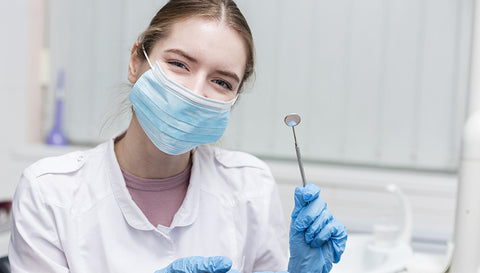

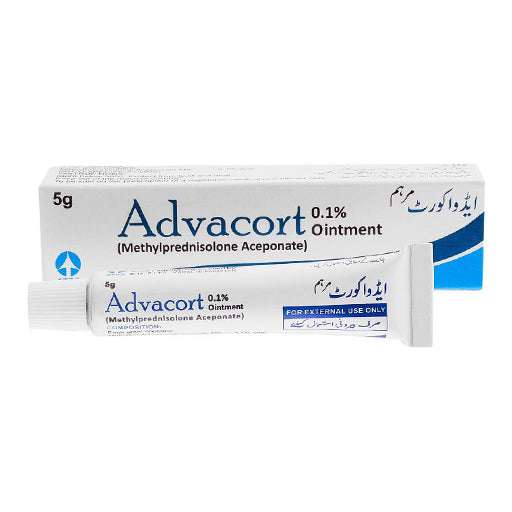
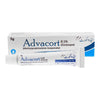

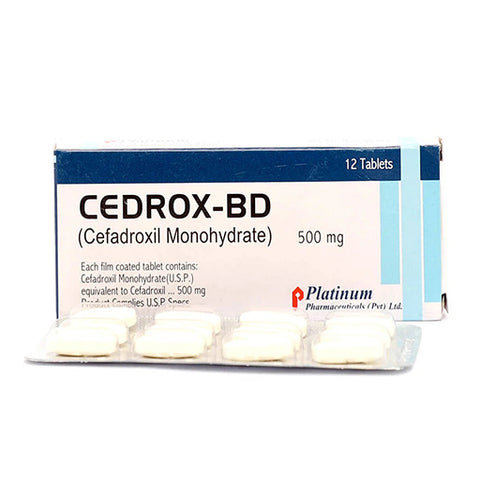

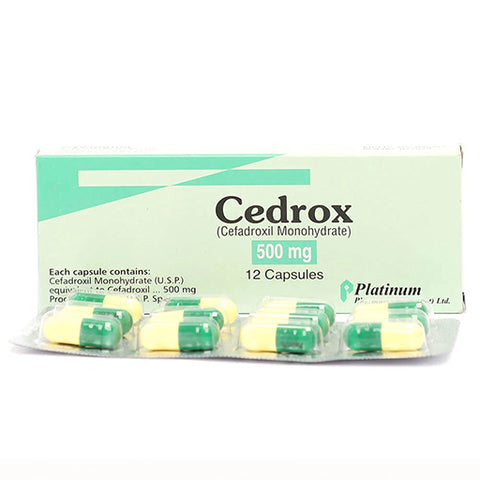

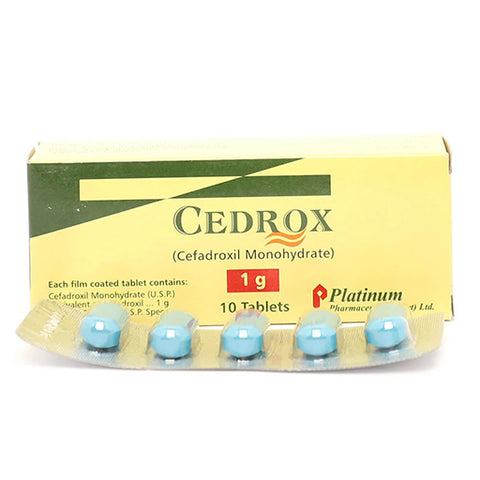

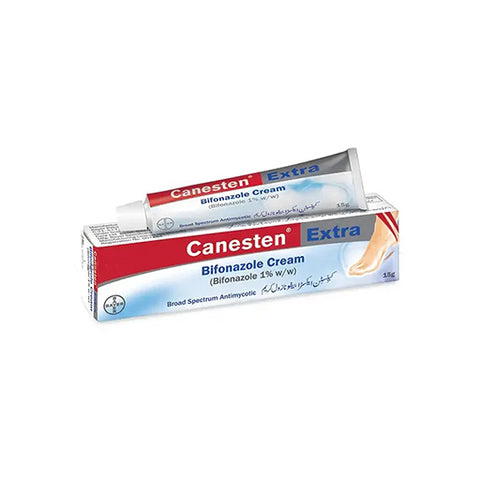

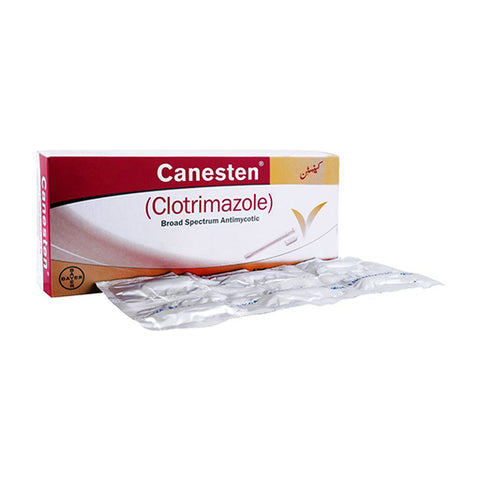

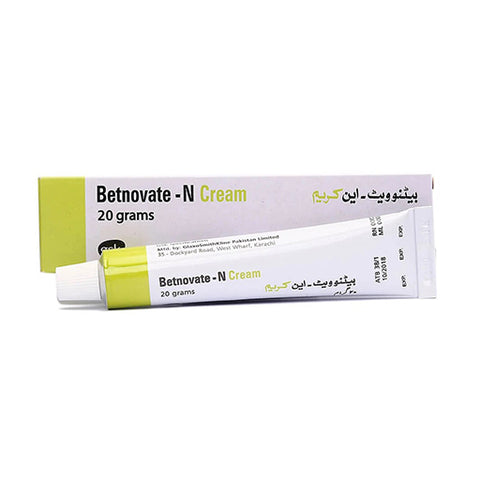

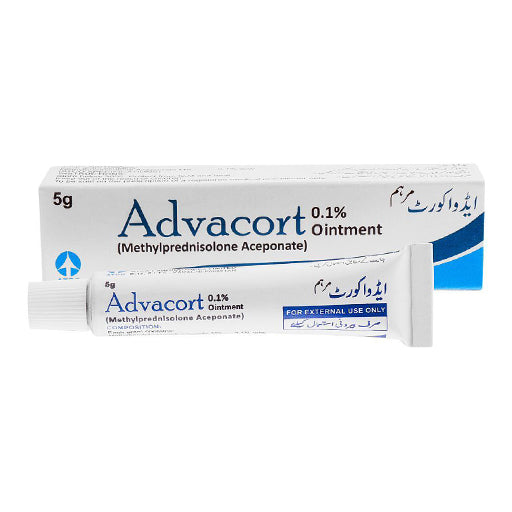



 Chat with Us
Chat with Us
